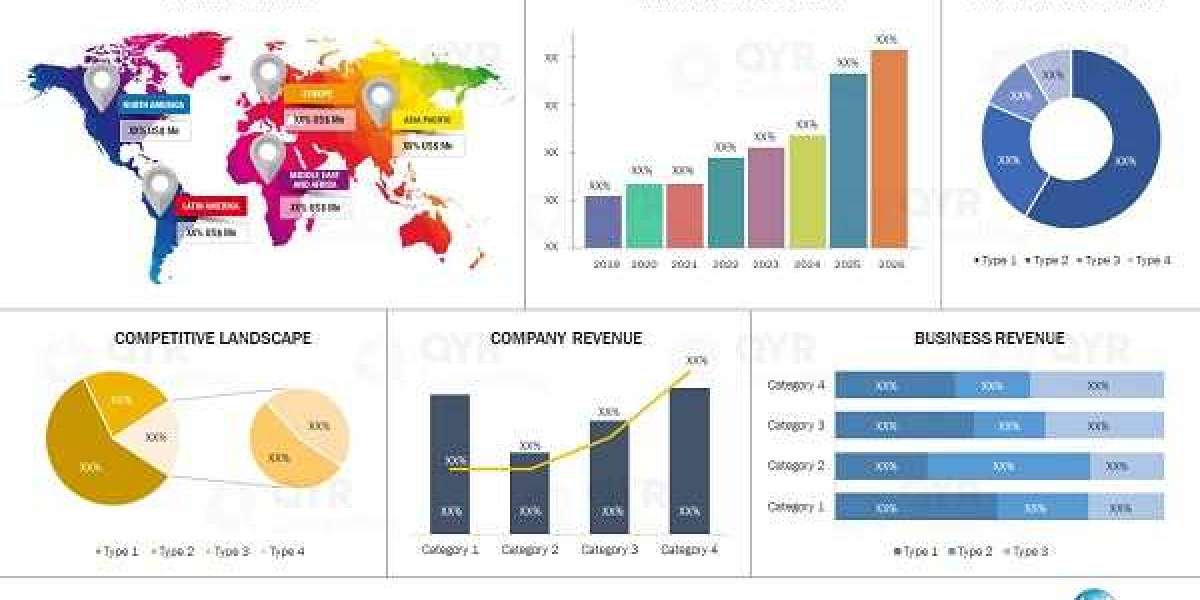Hemophilia, a rare blood disorder that impairs the body’s ability to form blood clots, has long been a challenge for both patients and medical researchers. While treatments have improved over the years, a recent breakthrough involving a rare hemophilia factor is sending shockwaves through the medical community. Scientists believe this discovery could revolutionize blood disorder treatments and potentially pave the way for a new era in precision medicine.
What Is the Rare Hemophilia Factor?
Hemophilia is classified into two main types – Hemophilia A (caused by a deficiency in Factor VIII) and Hemophilia B (caused by a deficiency in Factor IX). However, researchers have now identified a unique hemophilia factor that could play a crucial role in developing advanced treatments. This new factor, found in a small subset of individuals with atypical bleeding patterns, appears to regulate clot formation in ways previously unknown. The Rare Hemophilia Factor Market Size was estimated at 5.95 (USD Billion) in 2023. The Rare Hemophilia Factor Market Industry is expected to grow from 6.21(USD Billion) in 2024 to 10.0 (USD Billion) by 2035.
How Could This Discovery Transform Treatment?
The implications of this discovery are massive for patients who struggle with clotting disorders. Scientists are investigating whether this rare factor can be synthesized or manipulated to develop longer-lasting treatments with fewer side effects. This could potentially lead to:
Personalized gene therapy targeting specific clotting deficiencies
More effective blood-thinning drugs for patients with clotting disorders
Potential applications in the Pulmonary Drug Market (source) for conditions related to lung-related bleeding disorders
New-Age Technologies Market Growth
The rise of advanced microsurgical instruments is helping researchers explore hemophilia at a microscopic level. The Microsurgical Instrument Market (source) is experiencing rapid growth, supporting complex procedures that could lead to groundbreaking treatments.
Additionally, Renal Denervation Devices (source) are being explored for their potential impact on blood pressure regulation in hemophilia patients, providing another avenue of hope.
The Role of Cutting-Edge Pharmaceutical Technology
The pharmaceutical industry is also leveraging RFID technology to track and distribute hemophilia medications efficiently. The RFID in Pharmaceutical Market (source) ensures that life-saving drugs reach patients faster and with better accuracy.
Moreover, advancements in Veterinary X-Ray Technologies (source) are helping researchers study hemophilia in animals, providing critical insights into human treatment possibilities.
The Future of Hemophilia Treatment: What’s Next?
The discovery of this rare hemophilia factor is just the beginning. With continued investments in biotechnology, microsurgical techniques, and pharmaceutical innovations, experts predict a future where hemophilia is no longer a life-threatening condition but a manageable disorder with tailored treatments.
The next few years could be game-changing for the millions affected by hemophilia worldwide. With pharmaceutical giants and research institutions pouring resources into this discovery, the dream of a universal hemophilia cure might not be far off.
Stay tuned as science continues to push boundaries—because this breakthrough could be the future of medicine as we know it!











